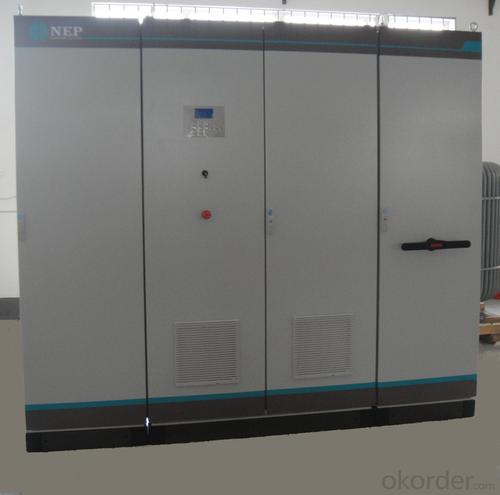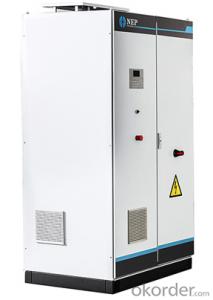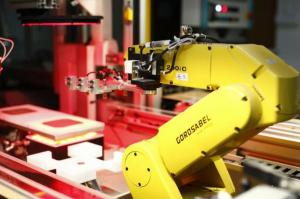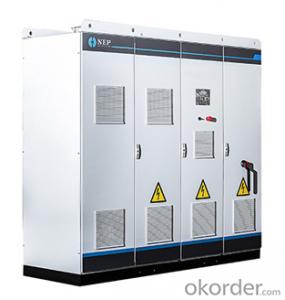Largest Solar Inverter - Super On Grid Tied Solar Inverter BDE-1000K
- Loading Port:
- Qingdao
- Payment Terms:
- TT OR LC
- Min Order Qty:
- 10 unit
- Supply Capability:
- 1000 unit/month
OKorder Service Pledge
OKorder Financial Service
You Might Also Like
Description:
A solar micro-inverter, converts direct current (DC) electricity from a single solar panel to alternating current (AC). The electric power from several micro-inverters is combined and fed into an existing electrical grid. Micro-inverters contrast with conventional string or central inverter devices, which are connected to multiple solar panels.
★ Advanced digital control techniques using the latest DSP Optimized anti-islanding technique for the highest system reliability.
★Optimized Maximum Power Point Tracking technique guarantees the maximum power output from the PV array User oriented Graphic User Interface (GUI) on an integrated.
★ 128*64 graphic VFD and a keypad panel..
★Support multiple communication protocols, including RS232/RS485/Ethernet/Zigbee etc.
★ Complete protection functions to protect against reverse DC polarity,over temperature,over current,short cirucuit,over/under voltage,anti-islanding,etc.
★ Can be used at a wide range of environment temperatures and high altitude.
★ Automatically power-on in the morning and enter a low power mode at night. No local operators required for daily operation
Characteristic & Advantages:
More Energy Harvest: Distributed MPPT allows10~25% more energy harvest
Simple: Modularized,single ac cable to the house
Reliability: Longer life time and almost 100% operation hours
Security: No high Voltage, makes safter environments
Inteligent : Monitoring each module
Savings: No dc components and significantly save labor cost
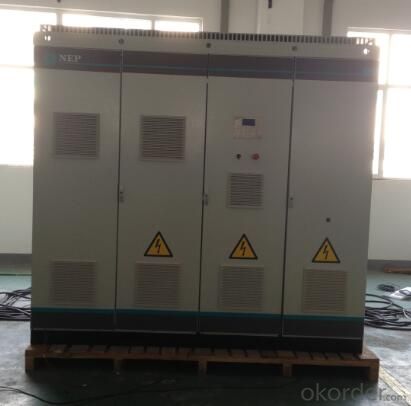
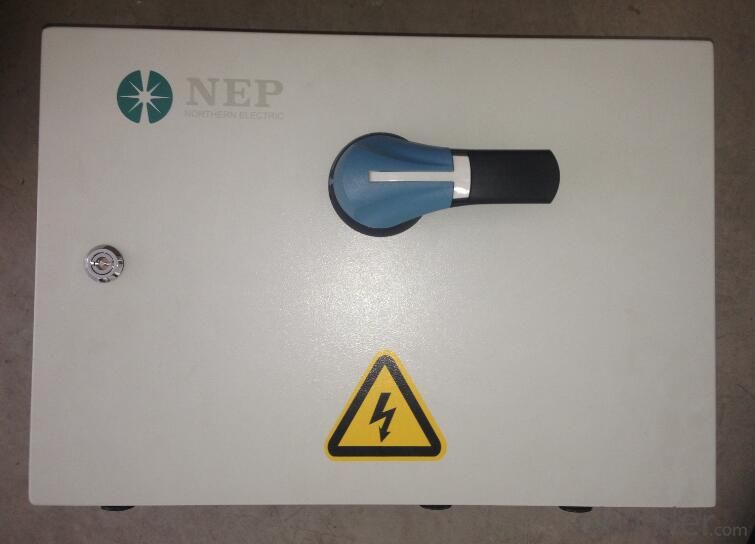
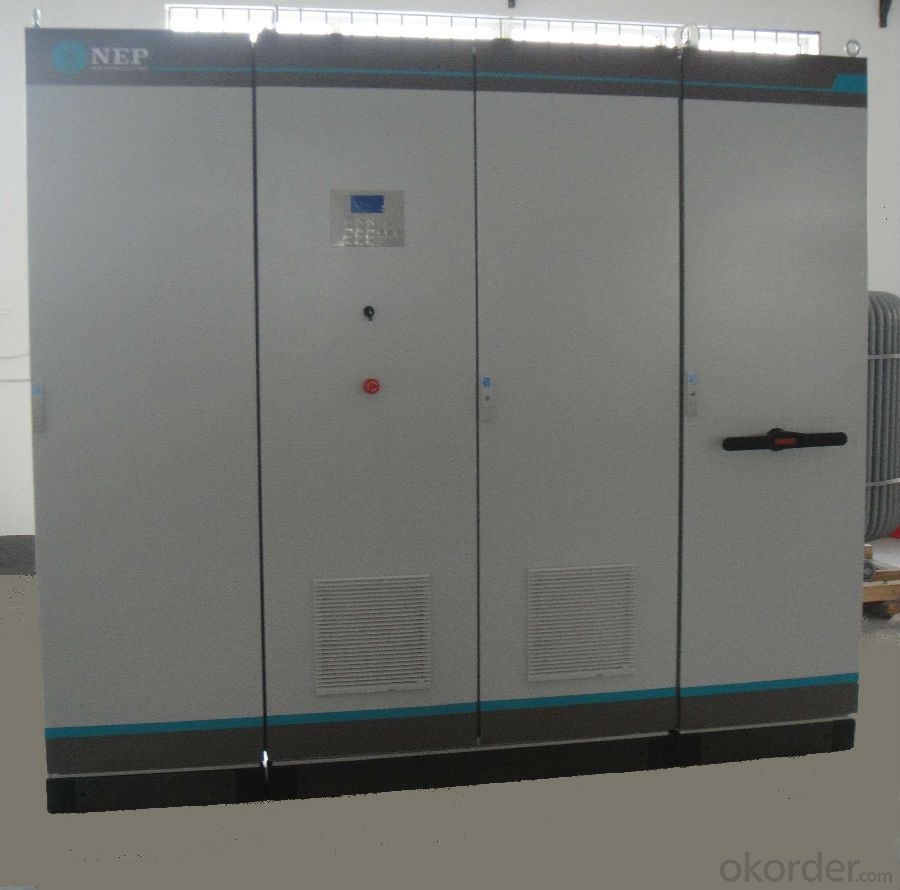
- Q: Are there any limitations on the number of solar panels that can be connected to a single inverter?
- Yes, there are limitations on the number of solar panels that can be connected to a single inverter. The maximum number of panels that can be connected depends on various factors such as the power rating of the inverter, the voltage and current ratings of the panels, and the configuration of the system. In general, the inverter should be able to handle the combined power output of all the connected solar panels. If the panels generate more power than the inverter can handle, it may lead to system inefficiencies, reduced performance, or even damage to the inverter. Additionally, the voltage and current ratings of the panels should be within the acceptable range of the inverter. If the panels have a higher voltage or current rating than what the inverter can safely handle, it may result in overloading or malfunctioning of the inverter. Furthermore, the configuration of the solar panels also plays a role in determining the limitations. Panels can be connected in series or parallel, and each configuration has its own requirements and limitations. The inverter needs to be compatible with the specific configuration being used. To ensure proper functioning and optimal performance, it is recommended to consult the manufacturer's guidelines and specifications for both the solar panels and the inverter. These guidelines will provide information on the maximum number of panels that can be connected to a single inverter and any other specific limitations or requirements that need to be considered.
- Q: How does a solar inverter handle voltage fluctuations from the grid?
- A solar inverter handles voltage fluctuations from the grid by constantly monitoring the voltage and adjusting its output accordingly. When the grid voltage increases or decreases, the inverter's control system regulates its own output voltage to match the changes, ensuring a stable and consistent supply of electricity is fed into the grid. This helps to maintain grid stability and protect the connected devices from potential damage caused by voltage fluctuations.
- Q: Can a solar inverter be used in a net metering system?
- Yes, a solar inverter can be used in a net metering system. In fact, a solar inverter is an essential component of a net metering system as it converts the direct current (DC) electricity generated by solar panels into alternating current (AC) electricity that can be used in homes and businesses. The excess electricity generated by the solar panels is fed back into the grid through the inverter, allowing for net metering and potentially earning credits or reducing electricity bills.
- Q: What is the maximum AC voltage that a solar inverter can provide?
- The maximum AC voltage that a solar inverter can provide depends on the specifications of the specific inverter model. However, for most common residential and commercial solar inverters, the maximum AC voltage typically ranges between 208 and 240 volts.
- Q: Can a solar inverter be used with different types of tracking algorithms?
- Yes, a solar inverter can generally be used with different types of tracking algorithms. Solar inverters are designed to convert the direct current (DC) generated by solar panels into alternating current (AC) for use in homes or businesses. The tracking algorithms, such as single-axis or dual-axis tracking, are responsible for optimizing the output of solar panels by adjusting their tilt and orientation according to the sun's position. Solar inverters are typically compatible with various tracking algorithms, allowing flexibility in system design and maximizing energy generation.
- Q: Can a solar inverter be used in areas with high levels of lightning activity?
- Yes, a solar inverter can be used in areas with high levels of lightning activity. However, it is important to ensure proper installation and grounding measures are in place to protect the inverter from potential damage caused by lightning strikes.
- Q: Can a solar inverter be repaired or does it need to be replaced?
- A solar inverter can often be repaired instead of being replaced, depending on the extent of the damage.
- Q: Can a solar inverter be used in conjunction with a generator?
- Yes, a solar inverter can be used in conjunction with a generator. In fact, it is a common setup in off-grid or hybrid systems. The solar inverter can work alongside the generator to provide electricity when solar power is insufficient, ensuring a continuous and reliable power supply.
- Q: How does MPPT improve the efficiency of a solar inverter?
- MPPT, or Maximum Power Point Tracking, improves the efficiency of a solar inverter by constantly adjusting the operating point of the solar panel to extract maximum power from the sunlight. It ensures that the solar panel operates at its maximum power point, regardless of changing weather conditions or variations in the solar irradiance. This optimization leads to higher energy conversion efficiency, maximizing the power output of the solar panel and ultimately increasing the overall efficiency of the solar inverter.
- Q: Can a solar inverter be used in areas with limited roof space or installation options?
- Yes, a solar inverter can be used in areas with limited roof space or installation options. Solar inverters are flexible and can be installed in various locations such as walls, ground mounts, or even on poles, allowing for more flexibility in terms of space and installation options. Additionally, there are also compact and space-saving solar inverters available that can be used in areas with limited roof space.
Send your message to us
Largest Solar Inverter - Super On Grid Tied Solar Inverter BDE-1000K
- Loading Port:
- Qingdao
- Payment Terms:
- TT OR LC
- Min Order Qty:
- 10 unit
- Supply Capability:
- 1000 unit/month
OKorder Service Pledge
OKorder Financial Service
Similar products
Hot products
Hot Searches
Related keywords



